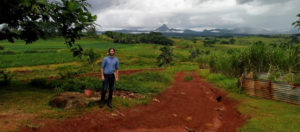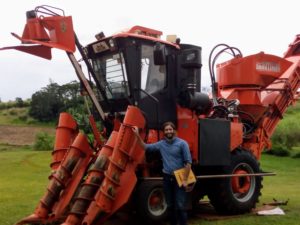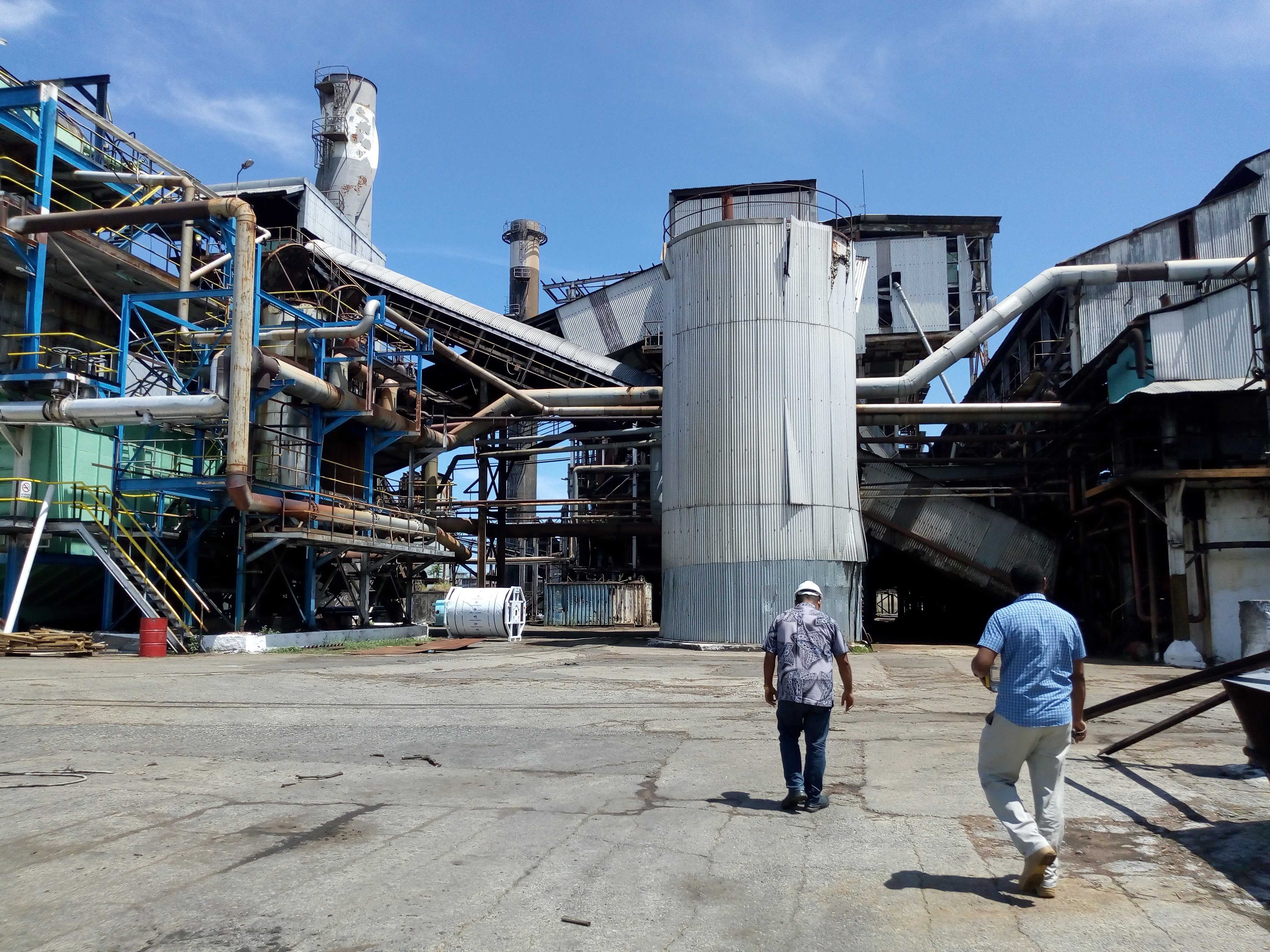Adam Formica, our Senior Modeller, has just returned from three weeks spent in Fiji. He spoke with a wide range of stakeholders to better understand their agricultural system. He has returned with a sense of appreciation for the wonderfully welcoming and helpful people of Fiji, pages and pages of notes, and some brilliant data. This research is to lay the groundwork for our work on the CommonSensing project, which you can read more about here, and is also helping us to develop our product.
This is the second in a two part series on this trip, and you can read our earlier blog on the wider agricultural sector here.
A declining sugarcane sector
Adam’s second week in Fiji was devoted to understanding the sugar industry, with the generous support of the Ministry of Sugar. Sugar, from sugarcane, is a key industry for Fiji, being the country’s second largest food export after fish. However the sector is facing a number of issues, from ageing mills to decreased sugar production, and fewer farmers wanting to grow sugar due to dropping profits. Therefore we were keen to understand the sector in more detail, to see how we could help improve efficiencies. A week visiting farmers, mills and meeting key stakeholders was a brilliant way to gain such insights.

Adam on a sugarcane farm. You can see the tall, grassy looking cane to the right, and in the fields in the background.
Inside and outside stops reduce sugar production
Fiji’s sugar infrastructure is mainly based on colonial developments, which are now severely dated. There are four mills for processing the sugarcane, built between 1886 and 1903, and Lautoka mill can be seen in the header image. Penang mill is now out of action after damage from Tropical Cyclone Winston. Due to their age, and limited resources to cover service costs, these mills are prone to breakdowns during the milling season, known as ‘inside stops’. This means that trucks carrying cane to the mill either have to drive further to reach another mill, or wait at the mill until it restarts. These delays mean that the cane they are carrying rots and sugar quality is lost. Trucks, too, are limited – so they are forced to wait at the mill they are then missed in the field, and harvest can be forced to halt until the trucks can return. All of this is far from ideal.

Some sugarcane is harvested mechanically, by one of these harvesters. See here with Adam, for scale!
As well as ‘inside stops’ affecting production, ‘outside stops’ caused by lack of cane supply to the mill, can also force mills to shut down. Ensuring that enough cane reaches every mill every day during the crushing season is a herculean task, and one which is currently coordinated by a cane logistics manager for each mill, equipped with a highly detailed spreadsheet and a mobile phone to call to field agents across the country. As you can imagine this is a very stressful job, and one where there is much room for optimisation. With access to data records from the Ministry of Sugar, and the Fiji Sugar Corporation which runs all the mills, we hope we will be able to develop a model to help streamline this process.
A solution from Sensonomic
At the end of his time in Fiji, Adam was able to present his findings to key high level stakeholders in the sugar industry. He met with representatives from the Ministry of Sugar, Sugarcane Growers Council, Sugarcane Growers Fund, and the Sugar Research Institute of Fiji. The presentation received very positive feedback, and attendees were impressed by his ability to have captured the main issues facing the sector in such a short period of time. They felt that we could do a lot of good for the industry if we were able to help them streamline their logistics issues.
It is great to have this confirmation that we can add value to the Fijian sugar sector. We look forward to digging further into this issue, and are already starting to rough out plans for a product to help with sugar logistics. Watch this space for more news!
Comments are closed.


Recent Comments